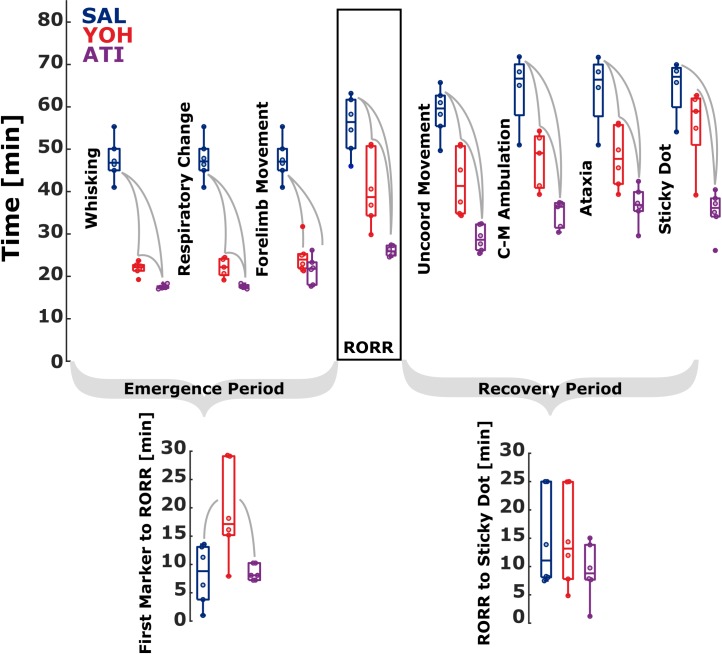Fig 2. Reversal agents exert specific influence on the time to achieve different behavioral markers characteristic of emergence and recovery from ketamine / xylazine anesthesia in mice.
The timing of waking behaviors and the duration of the emergence and recovery processes vary after animals were administered saline (SAL), yohimbine (YOH), or atipamezole (ATI) 15 minutes after anesthesia induction. Early emergence: Both YOH and ATI reduce the time required to exhibit the first behavioral signs of emergence from ketamine/xylazine anesthesia. Time for first incidence of individual waking behaviors is plotted, including whisker movement, respiratory change, and forelimb movement. Return of righting reflex (RORR) and Emergence Period: Both α2 antagonist treated groups ATI and YOH recover righting reflex faster, but YOH has increased delay between early markers (first marker to RORR) and RORR. Later Recovery and Recovery Period: Appearance of motoric behaviors during recovery show ATI elicits these behaviors faster than both YOH and SAL. There was no significant difference in the duration from RORR to Sticky Dot notice between the groups. Time measurements are from ketamine/xylazine injection. The gray lines between boxes indicate a statistically significant difference between the groups.

